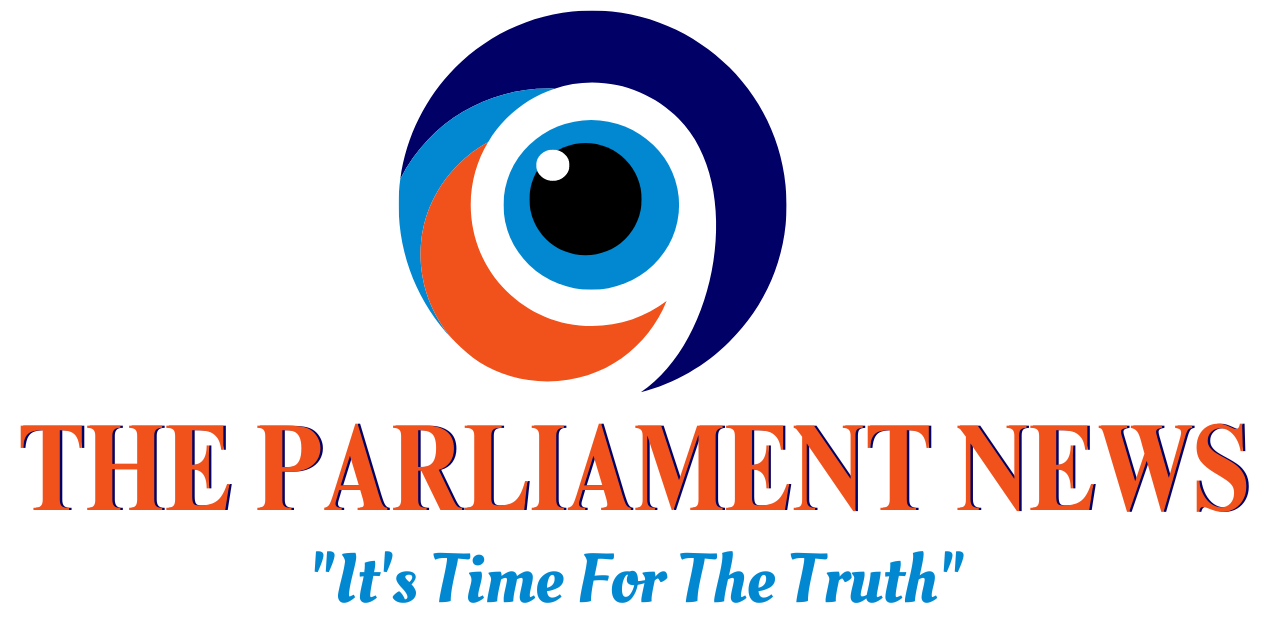A devastating 7.7 magnitude earthquake rocked Myanmar on March 28, 2025, leaving behind a trail of destruction and grief. With the death toll soaring to 1,644 and over 3,400 people injured, the nation is grappling with one of its worst natural disasters in recent history. Neighboring Thailand also faced tremors, with ten casualties reported and nearly 80 people missing after a building collapse in Bangkok.
Amidst the chaos, rescue efforts continue despite damaged roads, power outages, and a severe shortage of medical supplies. In a rare moment of unity, Myanmar’s anti-coup forces declared a ceasefire to allow relief operations, while global powers have stepped in with humanitarian aid.
A Night of Horror: The Earthquake Strikes
On the evening of March 28, Myanmar was shaken to its core as the earthquake struck central regions, including Mandalay, Naypyitaw, and Sagaing. Buildings collapsed within seconds, roads split apart, and entire neighborhoods were reduced to rubble. In Mandalay, one of Myanmar’s largest cities, multi-story buildings crumbled, leaving residents trapped beneath the debris. The historic Ava Bridge, a landmark built nearly a century ago across the Irrawaddy River, collapsed into the swirling waters below.
For thousands, the tremors were just the beginning of an unthinkable nightmare. Families scrambled to find missing loved ones as rescue teams worked tirelessly, pulling survivors from the wreckage. Among the miraculous rescues was a 30-year-old woman, retrieved from a collapsed apartment building in Mandalay after being trapped for hours. However, officials fear that over 90 people remain buried under the ruins of the Sky Villa Condominium.
Myanmar in Crisis: Aid Struggles Against the Odds
Myanmar’s already fragile infrastructure has made rescue operations exceedingly difficult. The Yangon-Naypyitaw-Mandalay Expressway—a major transportation artery—suffered severe cracks and distortions, halting relief convoys and preventing essential supplies from reaching affected areas. Hospitals in central and northwestern Myanmar are overwhelmed with injured patients, lacking medical personnel and essential equipment to treat trauma victims.
Adding to the hardship, widespread power and communication failures have further paralyzed relief efforts. Cities like Mandalay and Naypyitaw experienced extended blackouts, with Yangon receiving only four hours of electricity per day. In many regions, mobile networks collapsed, making it nearly impossible for survivors to call for help or locate their missing relatives.
Global Humanitarian Response: The World Stands with Myanmar
Recognizing the scale of devastation, countries across the globe have rushed to Myanmar’s aid.
- India’s Operation ‘Brahma’ – India swiftly launched a large-scale relief mission, deploying two C-17 aircraft carrying a 118-member Army Field Hospital unit and 60 tonnes of relief material. A second aircraft, a C-130, transported additional National Disaster Response Force (NDRF) personnel, while 60 Para Field Ambulances were set to arrive shortly.
- China’s Emergency Aid – Beijing sent an 82-person rescue team along with 100 million yuan ($13.8 million) in humanitarian assistance, scheduled for immediate distribution.
- UK & European Support – The United Kingdom pledged £10 million ($12.9 million) for emergency relief, focusing on food, medical aid, and shelter. The European Union announced an initial €2.5 million ($2.7 million) in emergency funding, with additional aid under assessment.
- United Nations & WHO Assistance – The World Health Organization (WHO) activated its emergency response, dispatching trauma injury supplies and medical aid from its logistics hub in Dubai. The UN Office for the Coordination of Humanitarian Affairs (OCHA) warned of a severe shortage of medicines, trauma kits, blood bags, and assistive devices, hampering life-saving treatment.
- Other Nations Step In – Malaysia, the Philippines, South Korea, and New Zealand also pledged support, sending rescue teams, medical personnel, and financial aid. Ireland committed €6 million, splitting it between the Red Cross and UN agencies to streamline relief operations.
A Rare Truce: Anti-Coup Forces Halt Fighting
Myanmar, already embroiled in a civil war since the military coup of February 2021, saw an unexpected moment of unity amid disaster. The National Unity Government (NUG)—a pro-democracy body opposing military rule—announced a two-week unilateral ceasefire to facilitate relief efforts. In a statement, the NUG declared that People’s Defence Forces (PDF) and ethnic armed groups would pause offensive operations in quake-affected areas while allowing humanitarian agencies to operate without interference.
This move marks a rare instance of cooperation between opposing forces in Myanmar, although uncertainties remain regarding how the ruling junta will respond. The NUG also expressed willingness to work with the UN and international NGOs to ensure safe transport of relief supplies and the establishment of medical camps.
Myanmar’s Darkest Hour: What Lies Ahead?
Despite massive international assistance, the crisis in Myanmar is far from over. Experts warn that the death toll may continue to rise as more bodies are recovered from the rubble. With over 139 individuals still missing, the coming days will be critical in determining the true scale of this catastrophe.
Meanwhile, rebuilding efforts could take years. The collapse of key infrastructure, including bridges, roads, and hospitals, will severely impact the nation’s already struggling economy. Agricultural regions have reported severe damage, raising concerns about food shortages in the months ahead.
As Myanmar mourns its losses, the resilience of its people shines through. Families, volunteers, and humanitarian organizations continue their relentless efforts to rescue, heal, and rebuild. This disaster has left an indelible mark on the nation, but amid the sorrow, global solidarity offers a glimmer of hope.
Final Thoughts: Standing Together in the Face of Tragedy
The Myanmar earthquake of 2025 is a defining moment in the country’s modern history. It is a test of resilience, unity, and humanitarian commitment. While the road to recovery is long, the outpouring of support from the international community is a testament to the power of solidarity in times of crisis.
As the dust settles, the world watches, hoping for miracles amid the ruins.












 Clarify roles of various agencies to avoid delays in response.
Clarify roles of various agencies to avoid delays in response.

 RCB’s Explosive Powerplay – 80 runs in six overs completely rattled KKR.
RCB’s Explosive Powerplay – 80 runs in six overs completely rattled KKR.